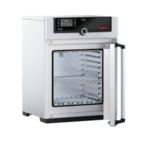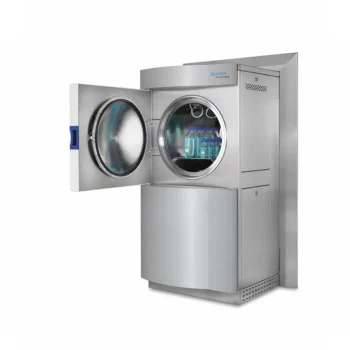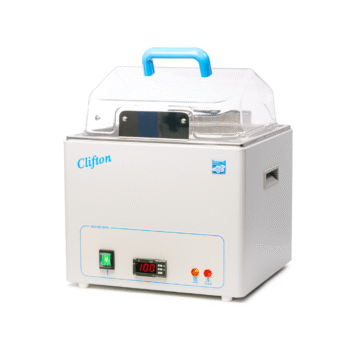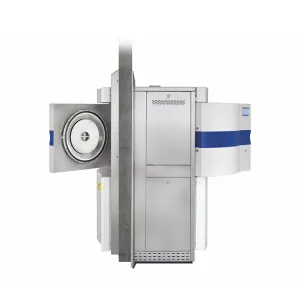A water bath is a laboratory device used to incubate samples at a constant temperature. It consists of a heated water chamber where test tubes or containers are placed. Commonly used in microbiology, chemistry, and biochemistry, it provides uniform heat distribution and is ideal for gentle heating or thawing samples.


















Reviews
There are no reviews yet.